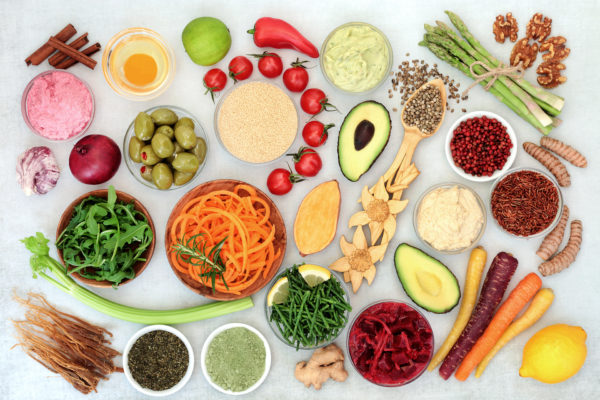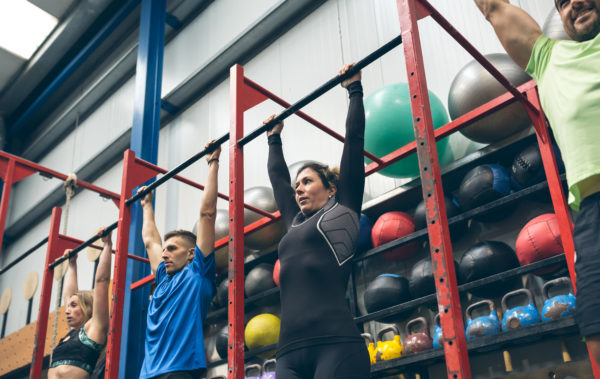Research and Advances in CTS Treatment: Paving the Way for Improved Outcomes
The field of CTS treatment continues to evolve, driven by ongoing research and technological advancements. Through improved understanding of the condition’s mechanisms, innovative diagnostic techniques, non-surgical approaches, minimally invasive interventions, and emerging therapies, healthcare professionals are reshaping the landscape of CTS management.
Connecting Beyond Pain: Empowering Lives Through CTS Support Groups and Online Communities
CTS support groups and online communities offer more than just information and advice—they provide a lifeline for individuals living with Carpal Tunnel Syndrome. Through shared experiences, valuable resources, and empathetic connections, these networks empower individuals to face their challenges with renewed strength and confidence.
Non-Surgical Treatment of Carpal Tunnel Syndrome: Alleviating Symptoms and Restoring Function
Non-surgical treatments offer hope and relief for individuals with carpal tunnel syndrome. Wrist splinting, physical therapy, ergonomic adjustments, pain management strategies, lifestyle modifications, and alternative therapies can significantly alleviate symptoms and improve overall hand and wrist function.
Managing Carpal Tunnel Syndrome While Travelling: Tips and Advice for Comfortable and Productive Journeys
For those with CTS, traveling can be a challenge due to the prolonged periods of sitting or holding objects that can exacerbate symptoms. However, with the right planning and gear, traveling with CTS can be made more comfortable and manageable. In this article, we’ll explore tips and advice for managing CTS while traveling by air, car, or other modes of transportation, as well as the best travel gear options for individuals with CTS.
Preventing CTS in Children: Early Intervention and Habits for Healthy Hands
Carpal Tunnel Syndrome (CTS) is typically associated with older adults or those with repetitive strain injuries. However, children can also develop this condition, especially those who frequently use technology or participate in sports that involve repetitive hand and wrist movements. In this blog post, we will discuss how to prevent CTS in children through early intervention and habits for healthy hands.
Joint-Friendly Fitness: Gentle Exercise Alternatives for Managing Joint Pain
If you have joint pain, it’s important to talk to your healthcare provider or a qualified fitness professional before starting any new exercise routine. They can provide personalized recommendations based on your specific condition and health status. However, here are some alternative exercises that are generally considered low-impact and may be helpful for individuals with joint pain
The Role of Diet in Managing Joint Pain: Foods to Eat and Avoid
The foods that we eat can have a significant impact on our overall health, including our joint health. Certain foods contain nutrients that can help reduce inflammation and pain, while others can contribute to inflammation and worsen joint pain. In general, a diet that is high in fruits, vegetables, whole grains, lean protein, and healthy fats is recommended for people with joint pain.
Mind Over Pain: Understanding the Link Between Mental Health and Joint Pain
This blog post explores the complex relationship between mental health and joint pain. By highlighting the ways in which these two issues are interconnected, the article provides valuable insights into the strategies and tools that can be used to manage pain and improve overall well-being.
Joint Pain and Sleep: How Lack of Sleep Affects Joint Health
Joint pain and sleep are closely linked, and research has shown that lack of sleep can have a negative impact on joint health. There are several ways in which sleep deprivation can contribute to joint pain and inflammation.
One of the main ways that lack of sleep affects joint health is by increasing inflammation throughout the body.
Managing CTS Symptoms During Pull-Up Exercises: Tips for a Pain-Free Workout
Carpal tunnel syndrome (CTS) is a condition that can cause discomfort and challenges for individuals who enjoy doing pull-ups as part of their fitness routine. Pull-ups require significant use of the wrists and hands, which can exacerbate CTS symptoms, such as pain, numbness, and tingling.









